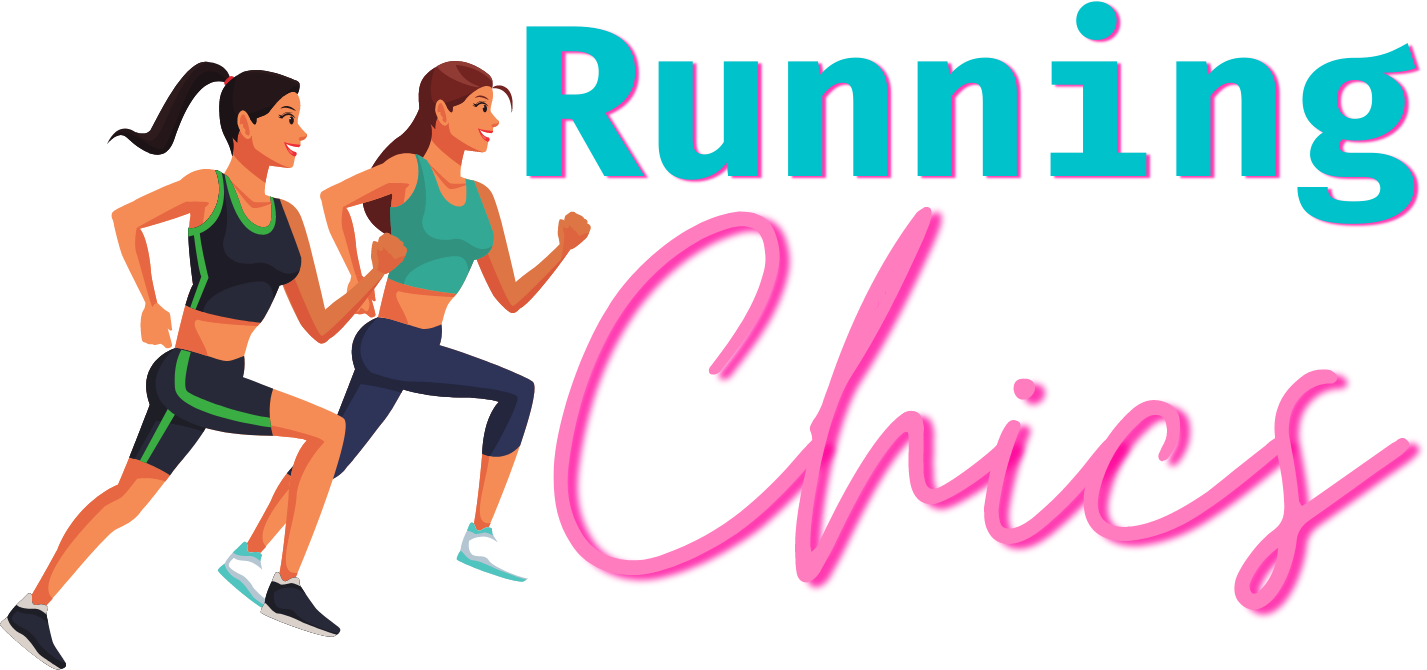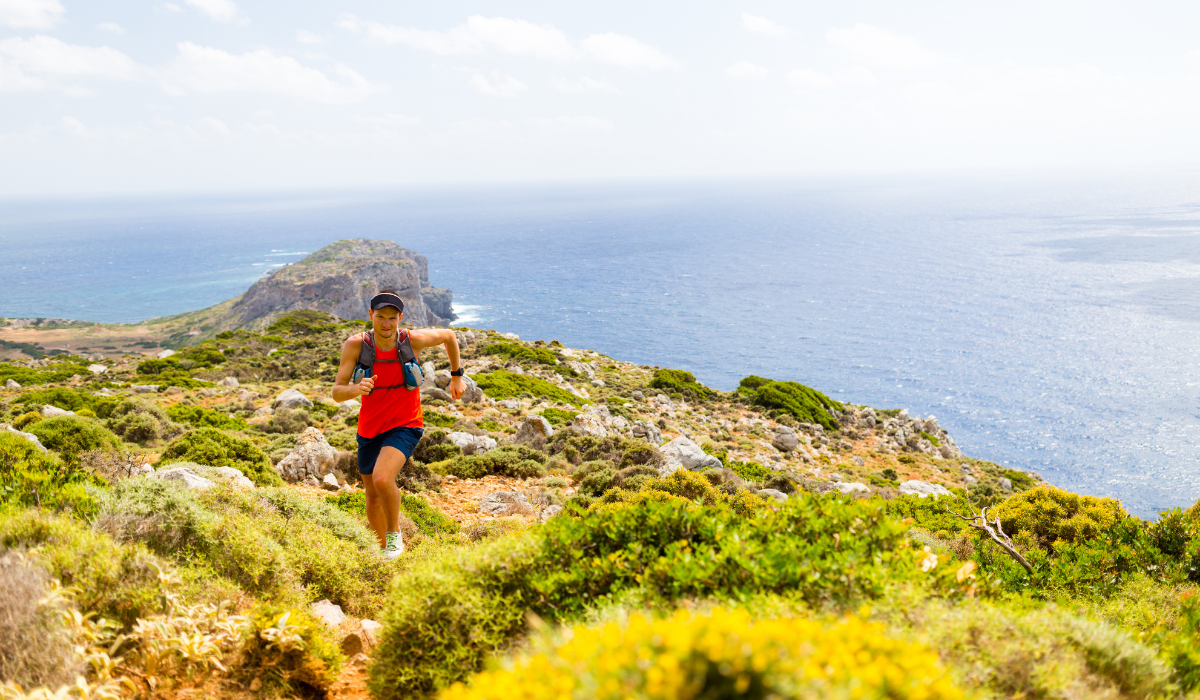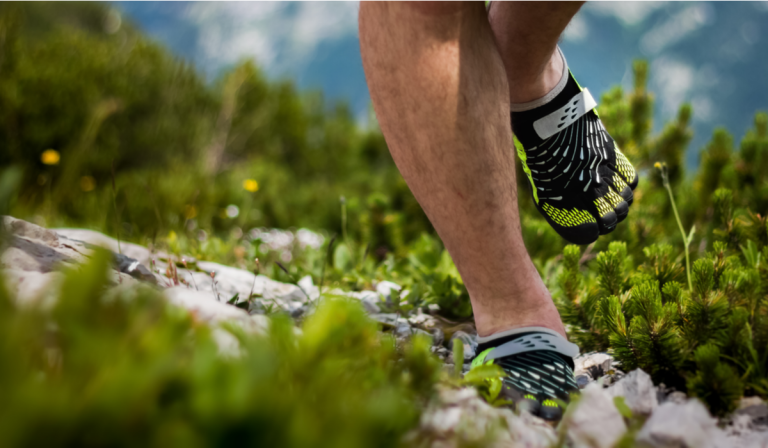Free Trail-Running Training Plan for Beginners
You’ve decided to upgrade to steeper hills and taller slopes on your trail run, huh? Perhaps you’re a runner who’s been jogging around the neighborhood or the high school track for the past few years, and you’re ready to advance to the next level.
Flat tracks are no match for you, and even the mild hills you get close to home don’t demand the same amount of effort they once did. Your body is getting fitter, your muscles tearing and returning more robust than ever.
You don’t get sore after running anymore, meaning your muscles aren’t working hard enough. In essence, you’ve outgrown your current running practice.

Or perhaps you’re not a seasoned running professional like those above. Maybe you’ve decided to sign up for a trail race with your friends for some worthy cause or just for the experience.
Well, this sounds fun and like a great way to spend a Saturday in a few months!
But you might be thinking, “I’ve never run a hiking trail.” Maybe you go hiking frequently, occasionally, or rarely, but it’s always walking, not running. Is there much of a difference?
How do you begin to train for something like this to, at the very least, be able to finish? We’re not focused on you winning the race here, although that can be your goal.
Instead, we will focus on preparing well enough for this race so that you can approach it confidently, knowing you’ll get to the finish line safely and successfully, and be proud of what you’ve just accomplished.
Great, so how do you train to run a trail?
Read on to learn tips for success in running a hiking trail and get a free trail-running training program at the end!
“Trail” Running – What’s the Difference?
Running on a trail, compared to running on a sidewalk, street, or track, is very different, and that is one major part of preparing to run on a trail safely and successfully.
Trail surfaces are all-natural – dirt paths, for example, or grass. This is good for your joints and muscles, which have a toll taken on them when they continually pound the hard surfaces of concrete and asphalt.
However, trails present some concerns you’ll need to watch out for, including natural obstacles obstructing the path, such as tree roots and rocks. And, as trails are typically found in mountainous, forested regions, there will be much more terrain that is uphill or downhill.

This makes running the trail a lot more challenging, especially if you have not been much of a runner in the past or you’ve been used to flatter surfaces.
The elevation is also a concern: You may be used to running on flat ground much farther down in the atmosphere. Running in the mountains means you will be higher up with less oxygen to support your body, and you will be out of breath and exhausted more quickly. Quite the challenge!
For those who want a challenge and to level up in your running program, running up and down steep slopes will be the perfect challenge!
Training Regimen Pointers
So, in your training regimen, you’ll want to factor in these simple facts about trail running.
Your joints won’t be as sore from the contact with hard ground surfaces, but you’ll have to practice running in areas at a higher elevation and with less oxygen, with steep inclines and declines, while also watching out for any obstructions in your path that you could trip over and injure yourself on.
Keeping all these things in mind, you’ll want to start your training by running in more forested, natural areas, such as a trail in the woods near your home. The terrain won’t be as steep, but it will have the natural pathways and obstructions you can get used to running on.
Next, you’ll want to get used to running against resistance such as increased elevation and inclines.
- For inclines, you can practice running up hills in your area or use the incline feature of your treadmill.
- However, for elevation and getting used to a lack of oxygen, you’ll need to go to an elevated place. Start by running in neighborhoods built on a mountain. You’ll get more accessible paths that have been paved out and smoothed, but you’ll get used to the lack of oxygen up there.
- Then, try running on more straightforward mountain hiking paths and work your way up in difficulty from there to get used to the feel of running at higher altitudes. When picking a trail, research the hazards, such as obstacles and wildlife, so that you can be fully prepared for success and safety.
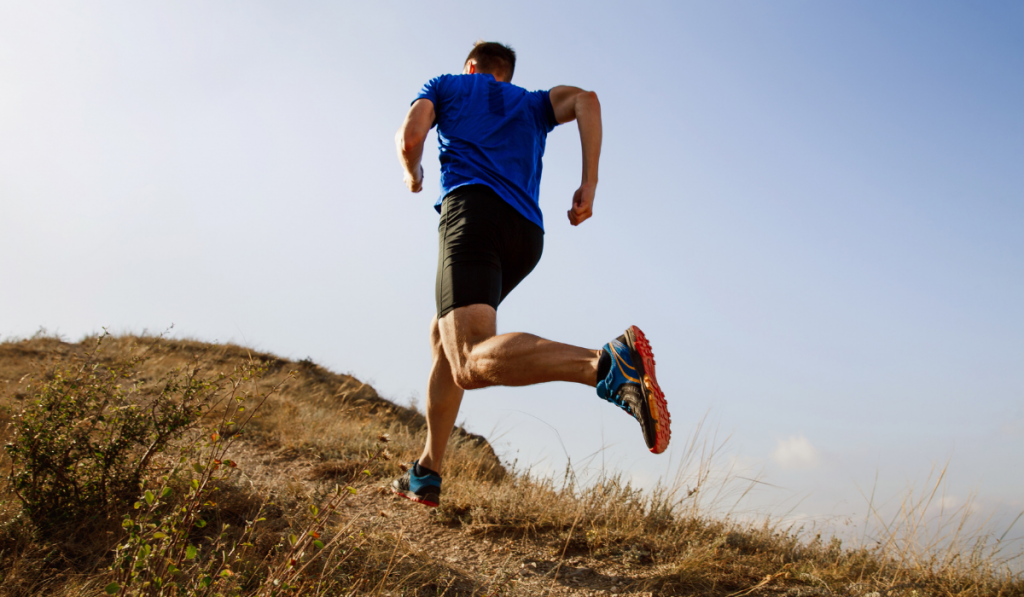
What Kind of Clothing or Gear Do I Need for My Trail Run?
You’ll want to wear your typical running clothes for a trail run, meaning athletic clothing made from lightweight fabric, preferably moisture-wicking.
Simply going to an athletics store and finding shirts and shorts that say “running shorts” does the trick!
Besides that, you’ll want to wear bug spray, to protect against ticks and other little forest critters and sunscreen. If you’re running in the bright summer sun or heat, a baseball cap and sunglasses can be helpful.
And, of course, you’ll need a way of hydrating yourself!
Hydration before a run is essential (you’ll want to make sure your pee is clear before you go), and although on a short run, you may be able to get away with not bringing any water, on a trail run, you won’t. You’ll want to be able to stay hydrated.
And I get it. You don’t want to carry this huge water bottle on the run. It’ll slow you down and make everything harder!
However, handheld water is only one option of many.
There are hydration vests, belts, and waist packs, along with Camelbaks, that are options for hydration that spread the weight of the water more evenly across your body (rather than all concentrated in a big bottle in your hand) and bear the weight more easily.
What About Shoes? Can I Wear My Regular Sneakers?
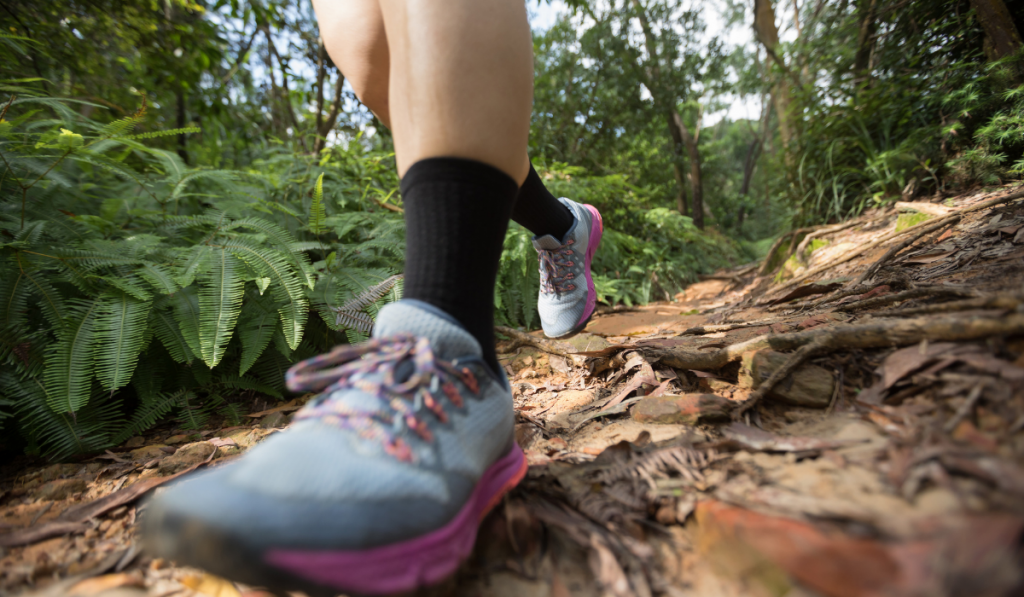
For short trail runs, yes, typical road sneakers are okay.
If you’re only running a few trail runs, you can get away with not wearing actual trail shoes, but if you’re going to be training and racing on a trail or doing regular trail running, you’ll want to invest in some proper trail shoes.
How do trail shoes differ from regular running shoes? Trail shoes have thinner soles than running shoes.
Running shoes add some padding and buffer to the bottom to help mitigate the hard contact with the pavement, but on a trail with softer ground beneath you, this is not necessary.
In fact, having that padding actually makes you more susceptible to ankle sprains and twists, bruised feet, and stubbed toes. Less padding helps with all of that.
Trail shoes also have more rugged tread on the bottom, which helps with gripping on a natural path. It will help you avoid falling over on loose dirt, slipping on wet surfaces such as mud, and keeping traction when running up and down hills.
Example Training Program
There are different intensities of training.
The first, the one to start with, we’ll call Easy. This is a light jog on a trail, one slow enough that you could have a conversation. In this training, you can get used to the activity of running while also getting used to trail scenery and obstacles.
Once Easy runs are too easy, go to Long Runs. These are at the same leisurely pace on a hiking trail except for much more extended periods. Make these runs progressively closer to the distance you’ll be running on race day.
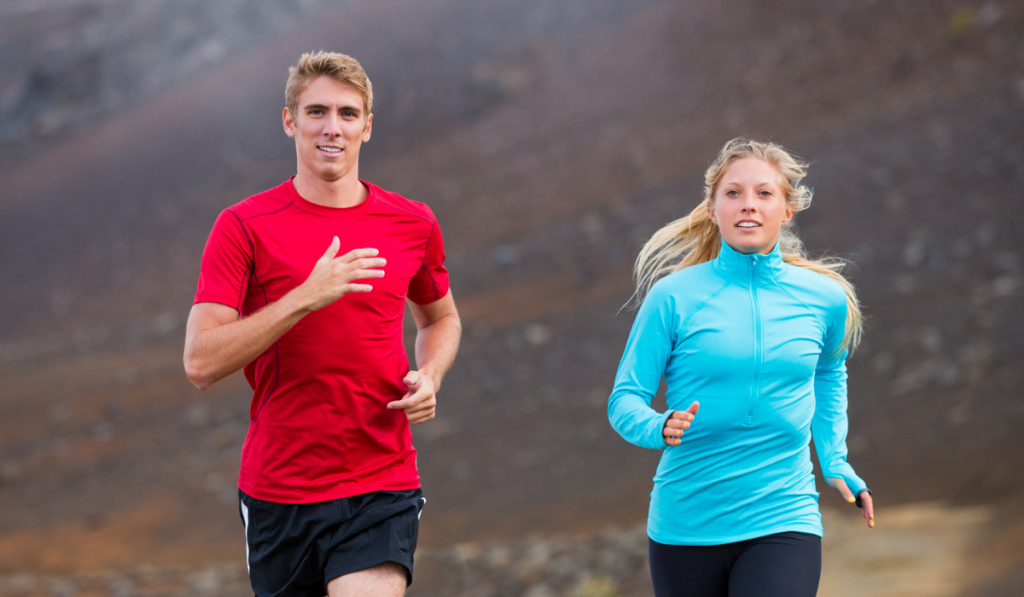
Next, we go back to the flat ground. This is called Fartlek, which is intervals of intense activity followed by moderate activity, typically done on flat surfaces. Every minute or so, switch between fast and medium pace.
Then, you’ll upgrade to a Hilly Fartlek run, which is these same bursts of intensity except on mountainous slopes. Start with an intense burst on the first hill, then regulate to a moderate speed for recovery between hills or alternating hills.
Keep progressing in the type of running training and the distance you are doing as your proficiency increases.
In the final stage of your training, begin Tempo training, finding the speed of running at which you are working hard but still feel you can hold your pace for the whole distance.
Finding your tempo will be essential in your running, as it will give you the workout you desire and get you in the groove for race day, where you can run fast while feeling like you could run forever.
